For our second day of the tour we were slated to see sights in the general vicinity of Sligo. Sligo is has two massive landmarks- the hill of Knocknarea, topped by Queen Maeve's cairn, a large mound believed to contain a passage tomb (like the one we saw at Newgrange) though it has never been excavated. The second landmark is the rock formation of Benbulbin, which we often glimpsed in the distance as the bus moved from site to site.
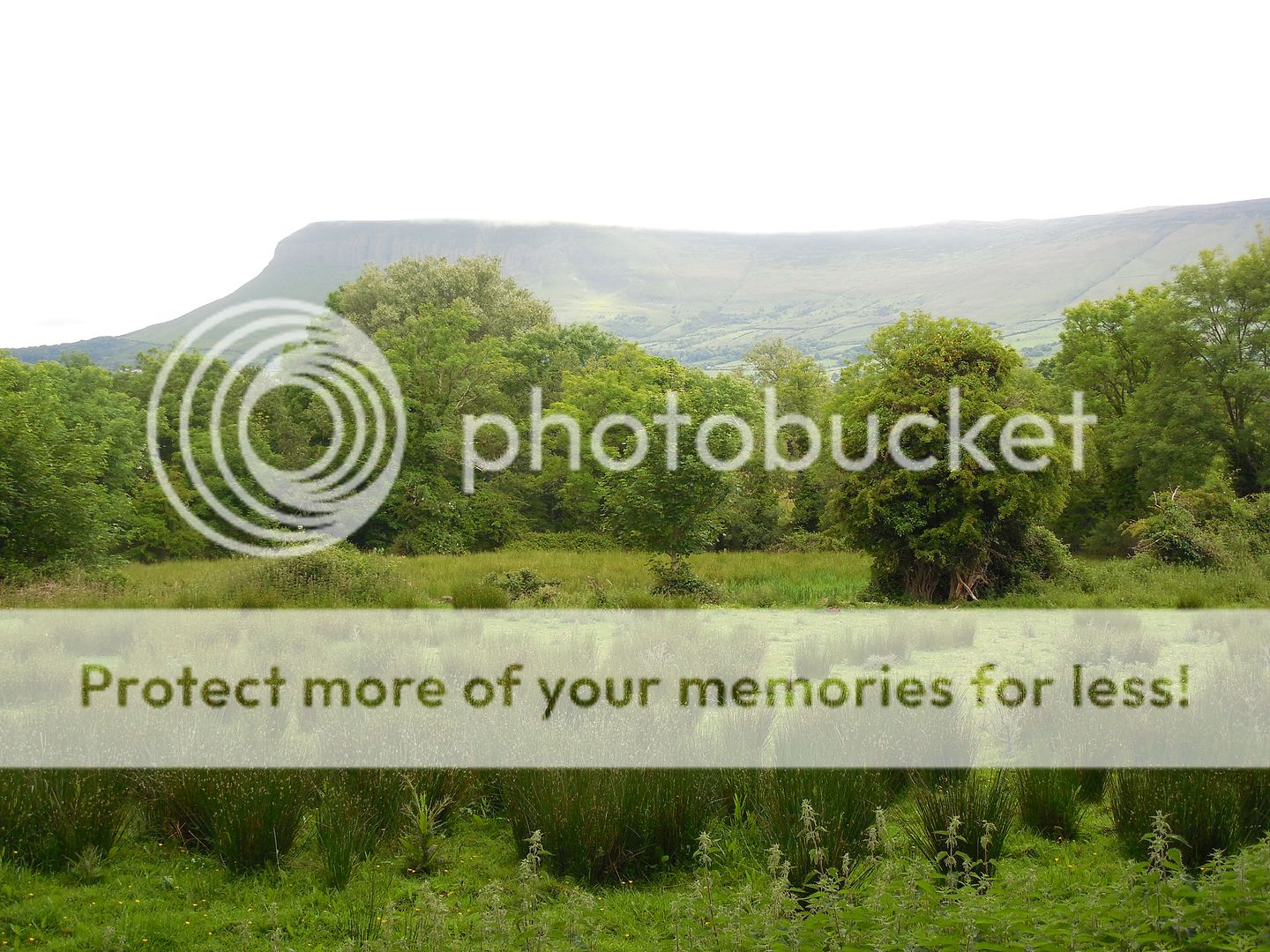
Benbulbin
Our first stop was the court tomb of Creevykeel, a vast structure surrounding a dolmen, a single chamber tomb marked by two or more upright stones capped by another 'table' stone.

The sight also had a vast hawthorn grove of 'blessing trees'. The custom is to tie a bit of fabric around the tree as a wish for ones own health or that of a loved one. Note all the strips of fabric tied to the branches.

From there we passed close to the coast, with a brief photo stop. The scenery was stunningly beautiful

Next was Drumcliff Churchyard, a lovely little church and the burial place of William Yeats. This was to be a very Yeats-heavy day.
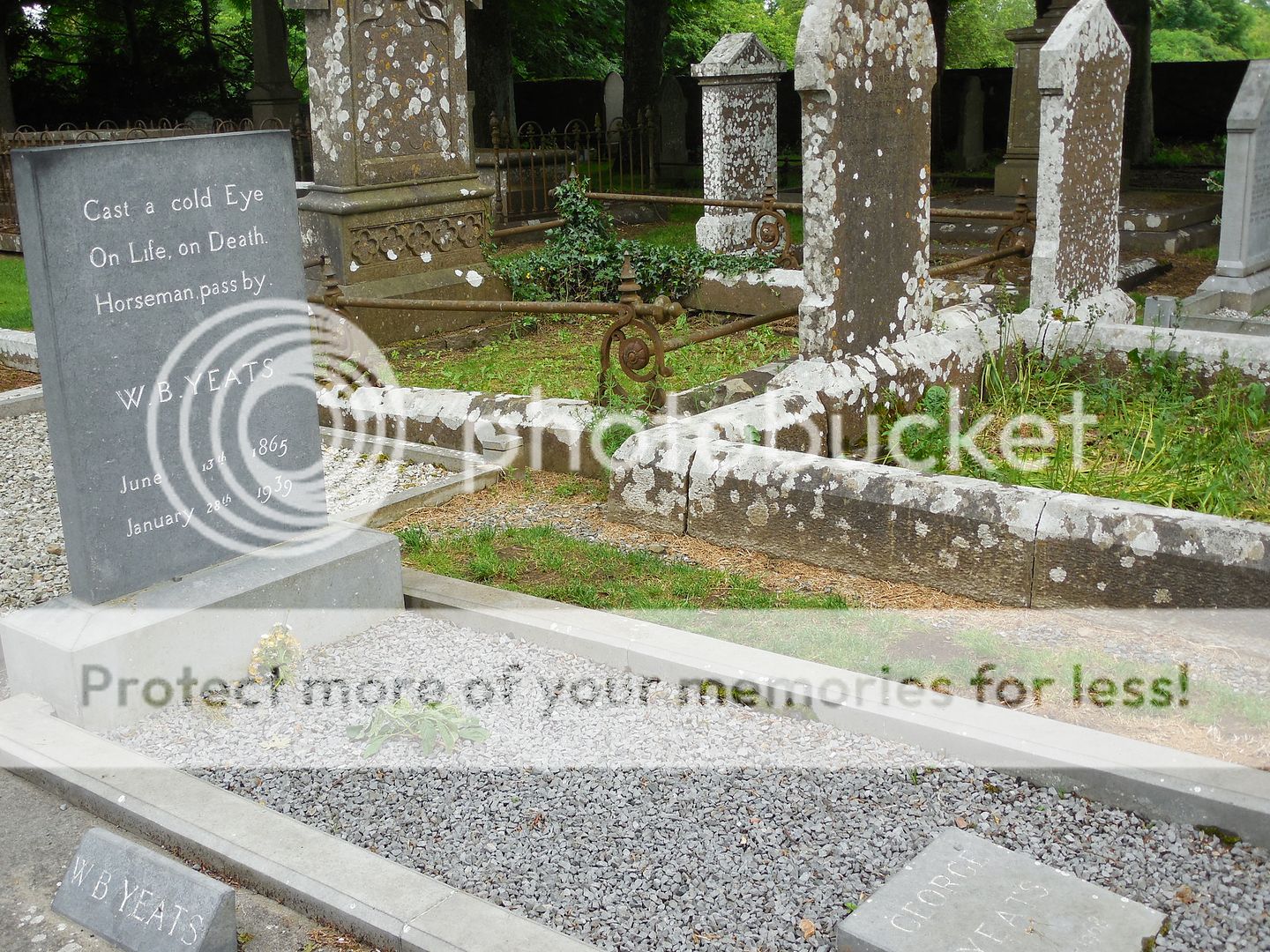
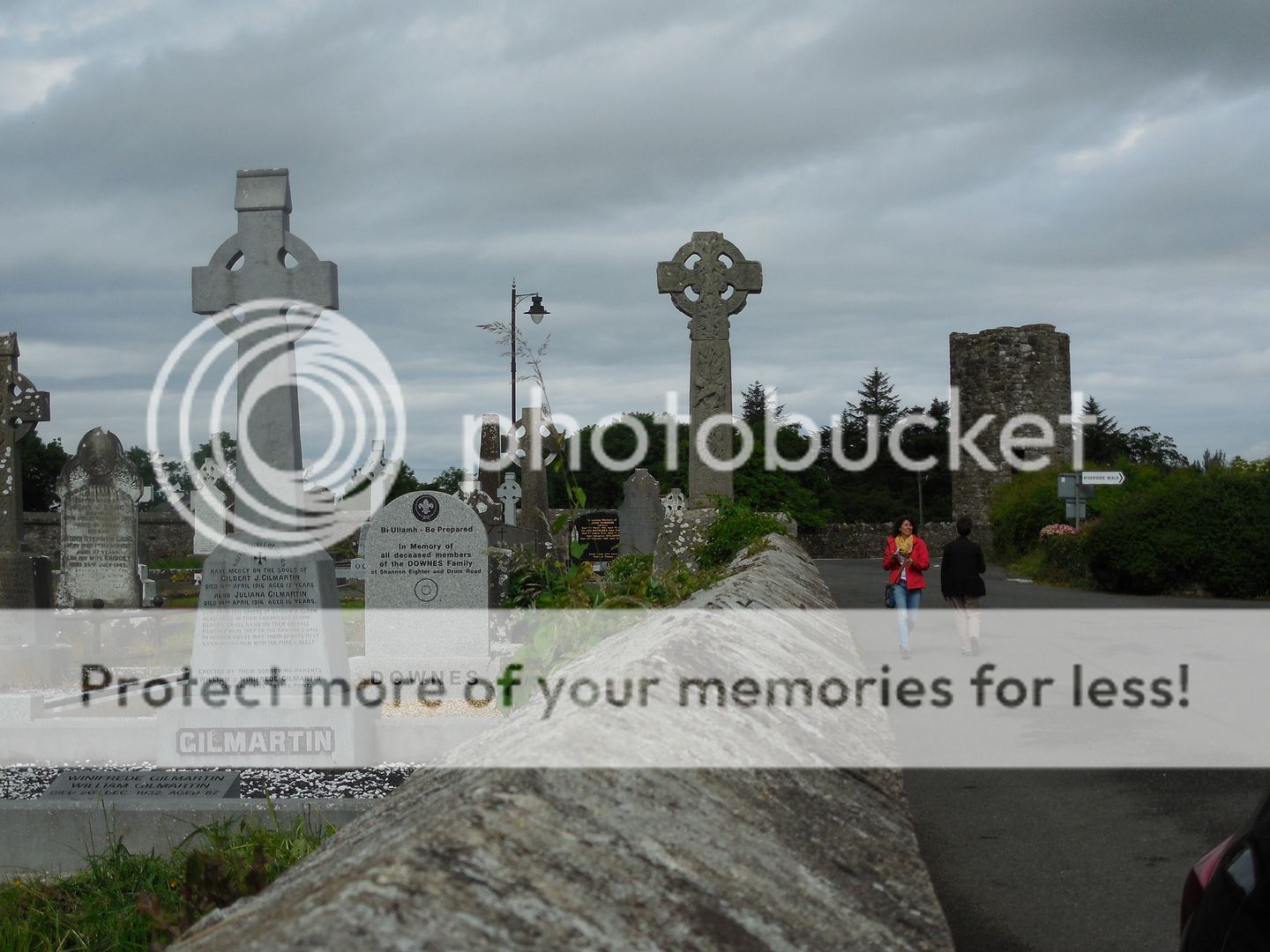
Our next stop was the megalithic tomb complex of Carrowmore, where we had a fascinating tour.
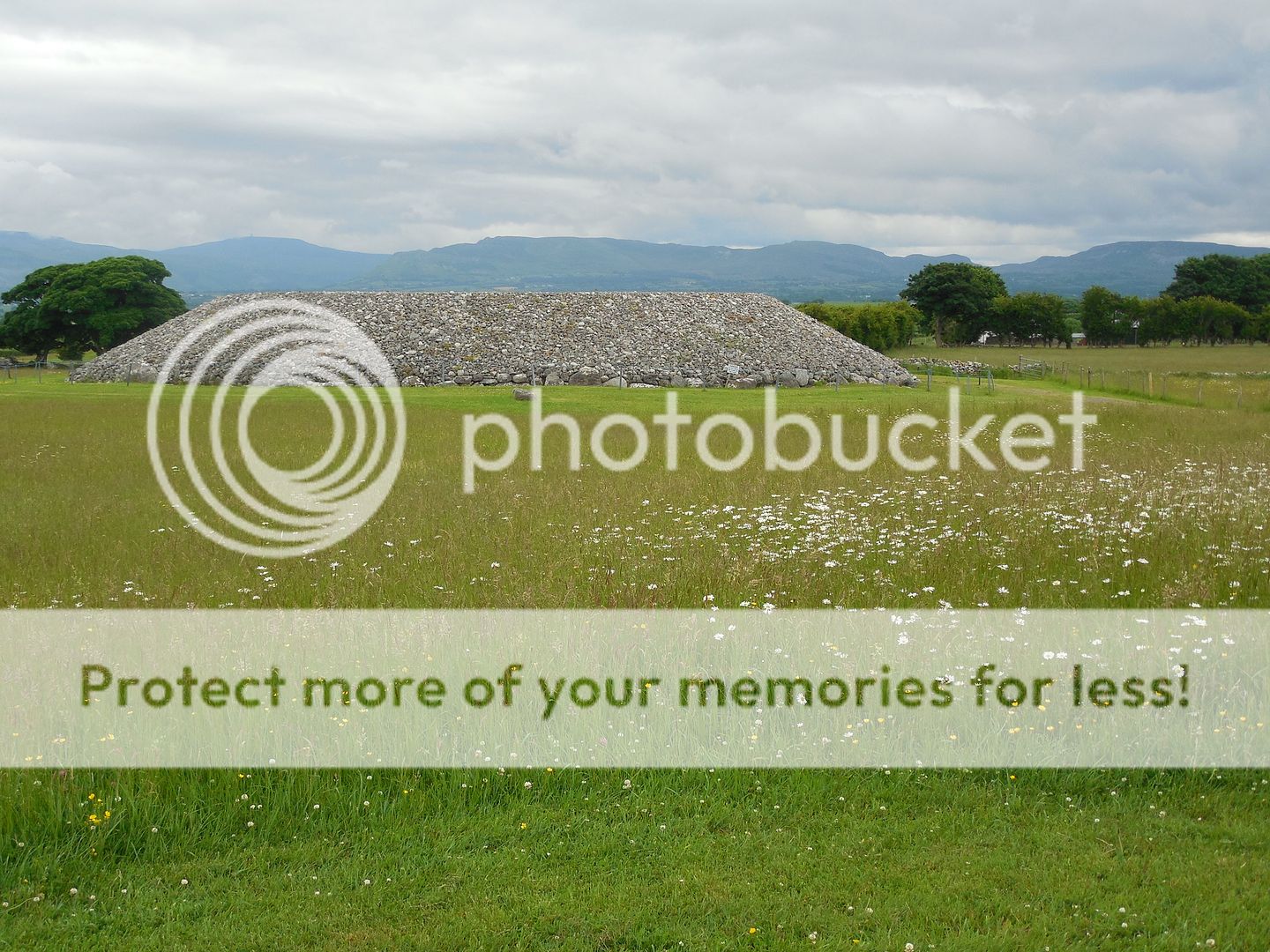
He told us that the central tomb area had been heavily reconstructed (as had the exterior of Newgrange). At the entrance is a 'footprint stone'
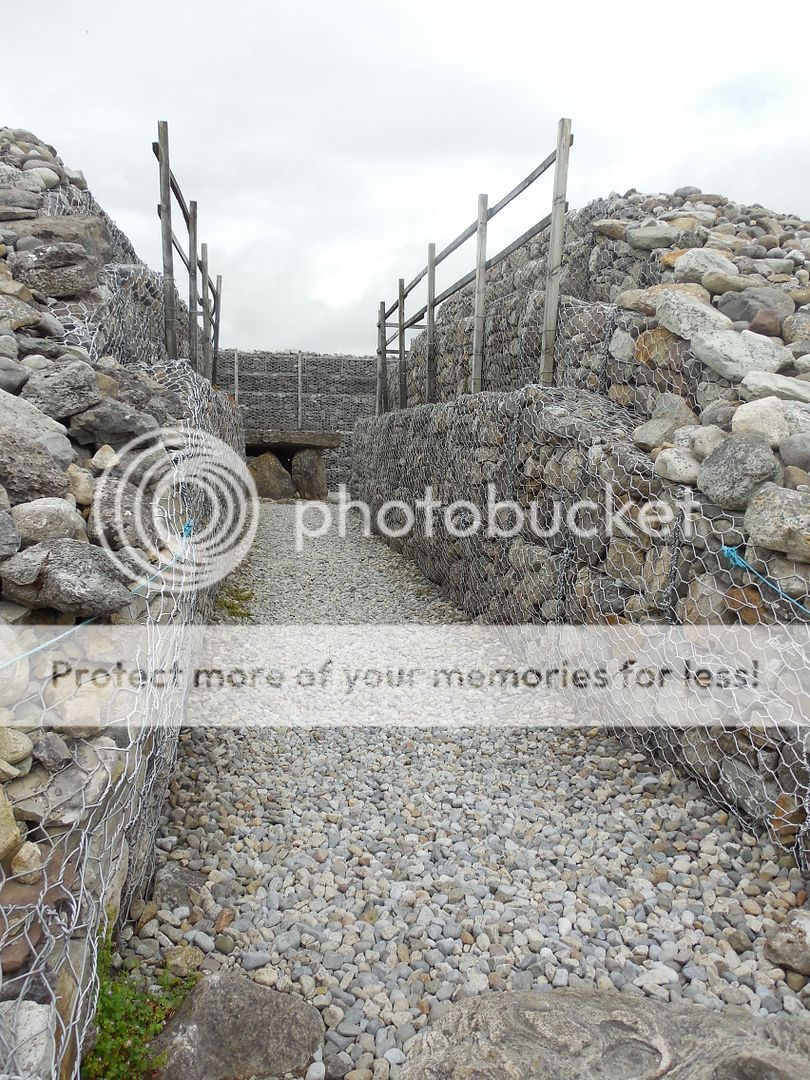
As with Newgrange and many other major tomb complexes, it sits on a hill, with lovely views in every direction.

There was a lunch break in Sligo, and then we set out for our last two sights of the day at Lough Gill. The first was Parke's Castle, a plantation era castle. In this context plantation refers to English settlers who were offered land in 16th and 17th centuries after the conquest of Ireland. In 1610 Robert Parke built a fortified manor house on the site of an ealier O'Rourke castle. He kept some of the original walls and the base of the original tower can be seen in the courtyard of the castle today.
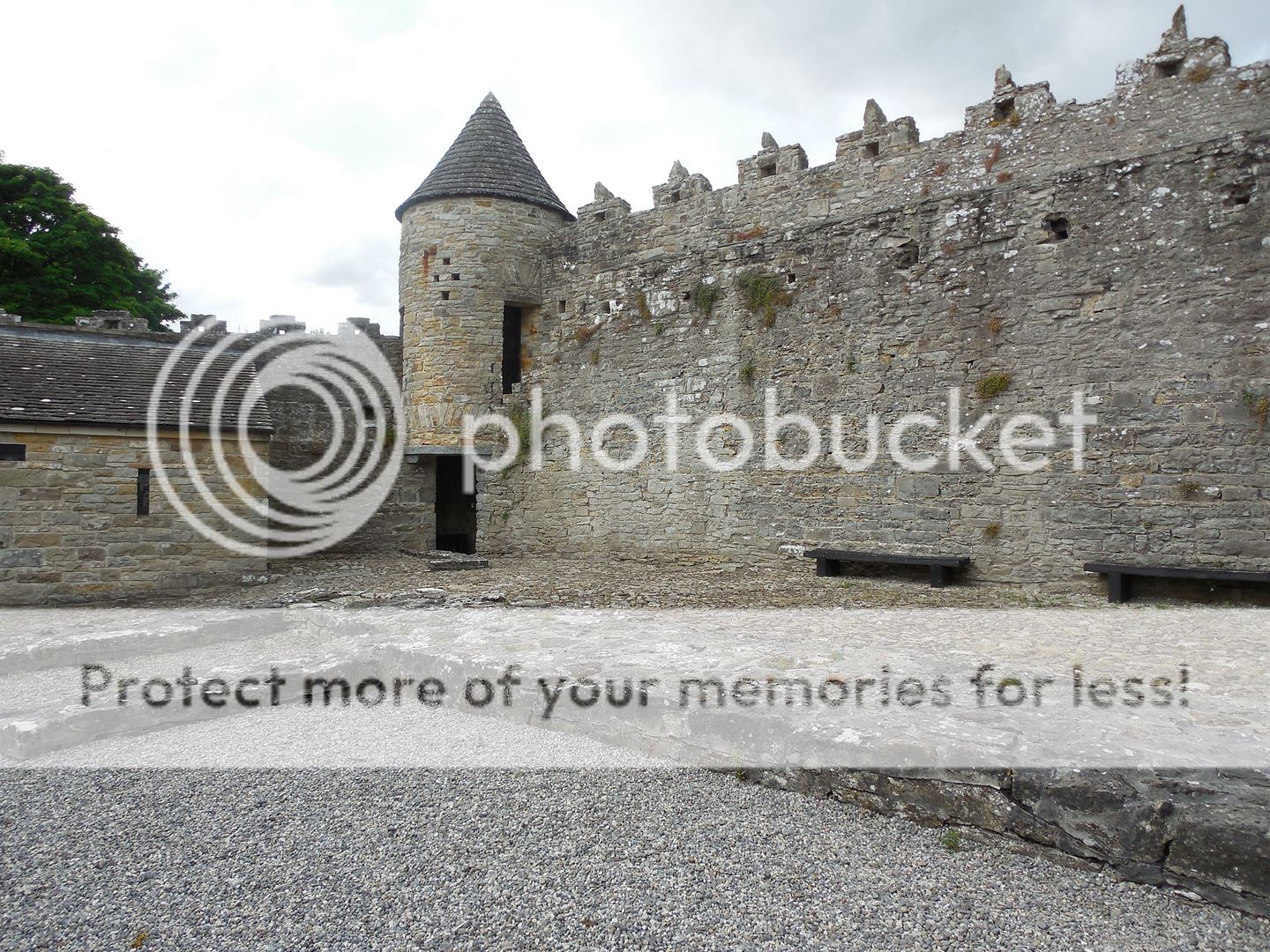
The prior O'Rourke owner was executed and all his property confiscated for harboring a shipwrecked Spanish officer from the Armada...who of course would have been a fellow Catholic.
The interior structure of the castle was extensively restored at the end of the last century, with appropriate period building techniques used throughout. The structural elements were left exposed so that visitors could see them. We duly admired the timber roof (done entirely without nails).
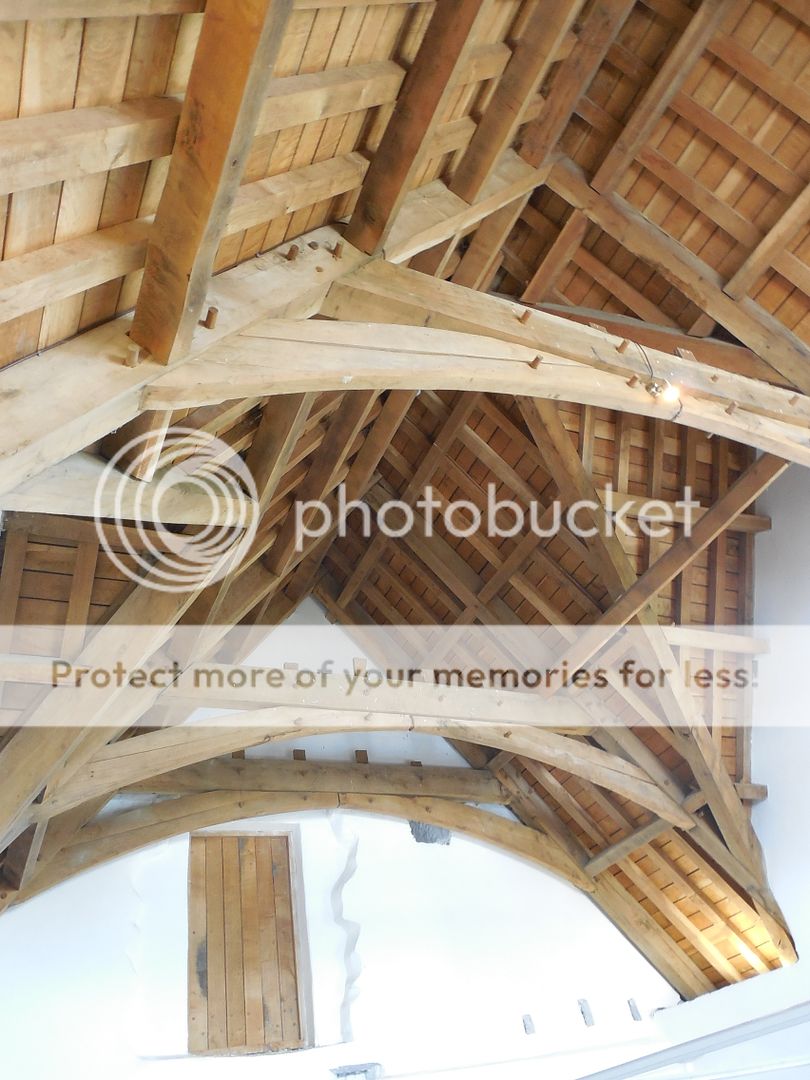
And also got to see the inside of a thatch roof.

As romantic as thatched roofs look from the outside, as described they are not for the faint of heart, as it involves living with a whole ecosystem overhead. The roof timbers were made from local trees, then the smaller rods were laid perpendicular to support an underlayer of turf that was cut, rolled up, and then unrolled across the roof in long strips. Smaller branches were bent into a U-shape and used to anchor each sheaf of thatching material- of which there are a variety of varying quality and longevity. Ordinarily, the inside of the roof would be covered, but this, like the castle timbers was left open so the structure could be seen. They did have to cover the outside with very unperiod chicken wire, however, to discourage the birds from burrowing through the thatch and nesting inside the building.
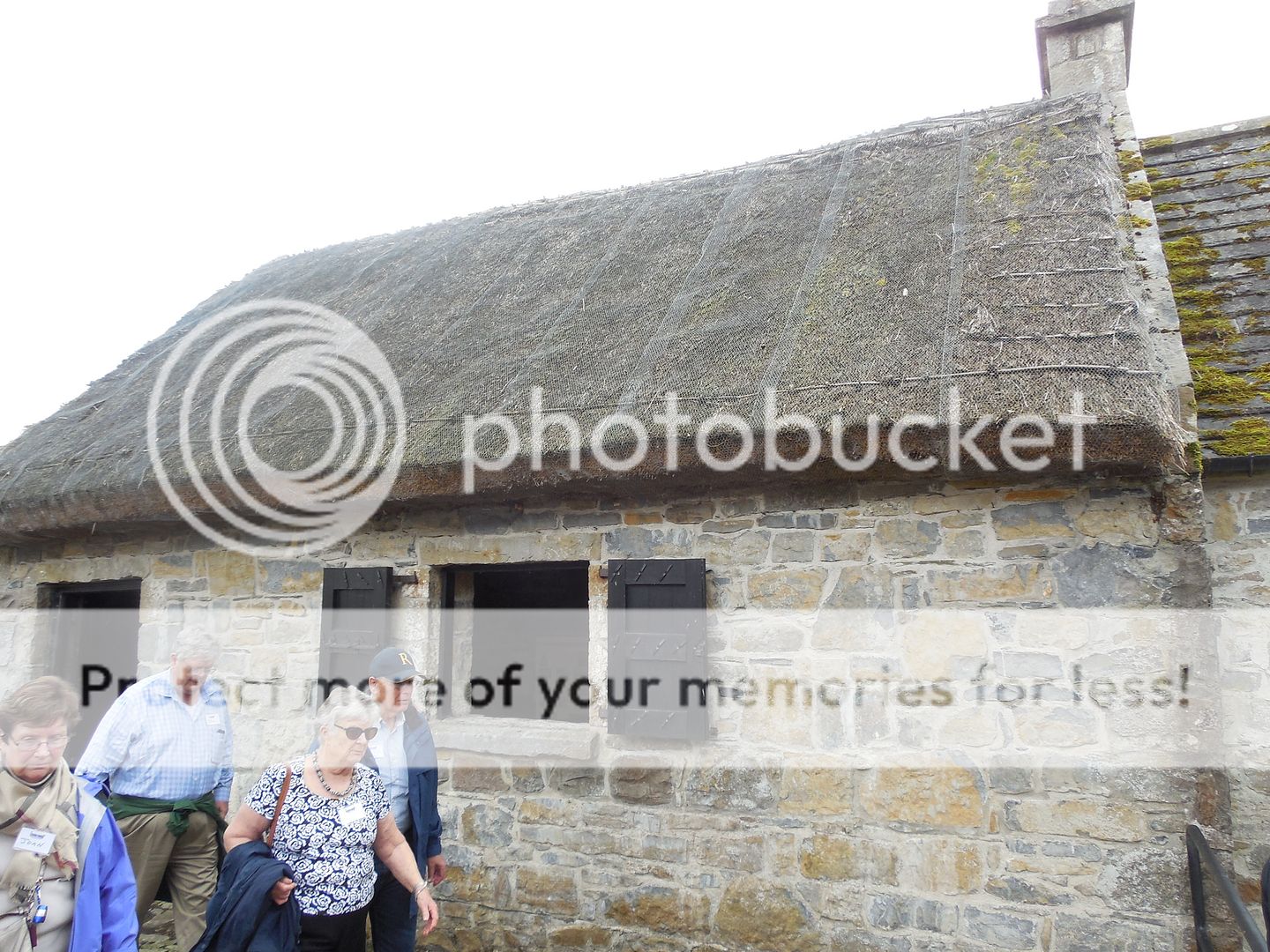
The tour finished with a walk through their permanent exhibit on Irish vernacular architecture- that is buildings that were built over the ages by the people who lived them or used them. A remarkable number of these still exist, many of them still used as houses, barns and outbuildings.
We barely had time to do it justice, however, as our last event of the day was a boat tour around Lough Gill, most famous as the site of the Lake Isle of Innisfree from Yeats's poem;
"And I shall have some peace there, for peace comes dropping slow,
Dropping from the veils of the morning to where the cricket sings;
There midnight’s all a glimmer, and noon a purple glow,
And evening full of the linnet’s wings."


It was easy to see why Yeats loved the place. The boat captain recited several of Yeats' poems for us from memory as we cruised around.
And then it was back on the bus to Sligo, and an excellent dinner, and more music in the evening. This time our guides were joined by uillean piper Tommy Keane with his wife Jacqueline McCarthy on concertina. They were outstanding. Naturally we got a CD.

And when we returned to our rooms, we found that our laundry (which we had dropped off in the morning) had been returned. Now, we had opted for the cheapest (though still expensive) bulk laundry option, and frankly we wouldn't much have cared if the laundry was even folded, so long as it was clean. But it was not just folded, it was pressed with military precision- even the T-shirts and JT's jeans. And organized by color. Even the ancient long-sleeved denim shirt I'd brought as an extra layer was meticulously pressed, put on a hangar and sheathed in a long plastic cover. None of these clothes had looked so good since we had bought them! JT and I were almost sorry that they had to be rolled up and put straight into our backpacks- but we did it anyway, because in the morning we were to check out and head out to the coast, and eventually to our next hotel in Mulranny.

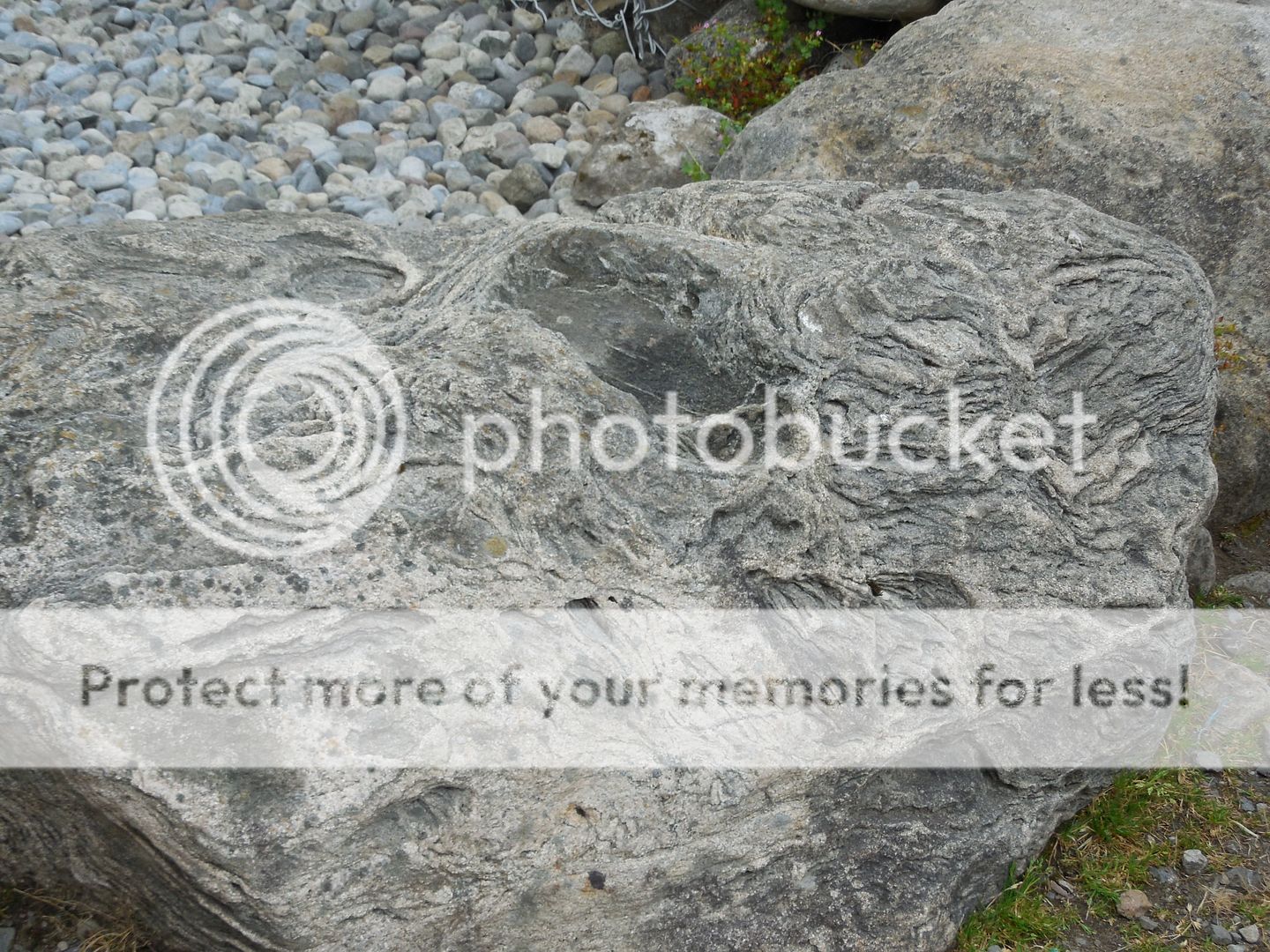
Ohhhhhhhhhhh...Celtic crosses! I LOVE Celtic crosses.
ReplyDeleteWhat a beautiful day!
I love that shot with the church off in the distance! That's a work of art!
ReplyDelete